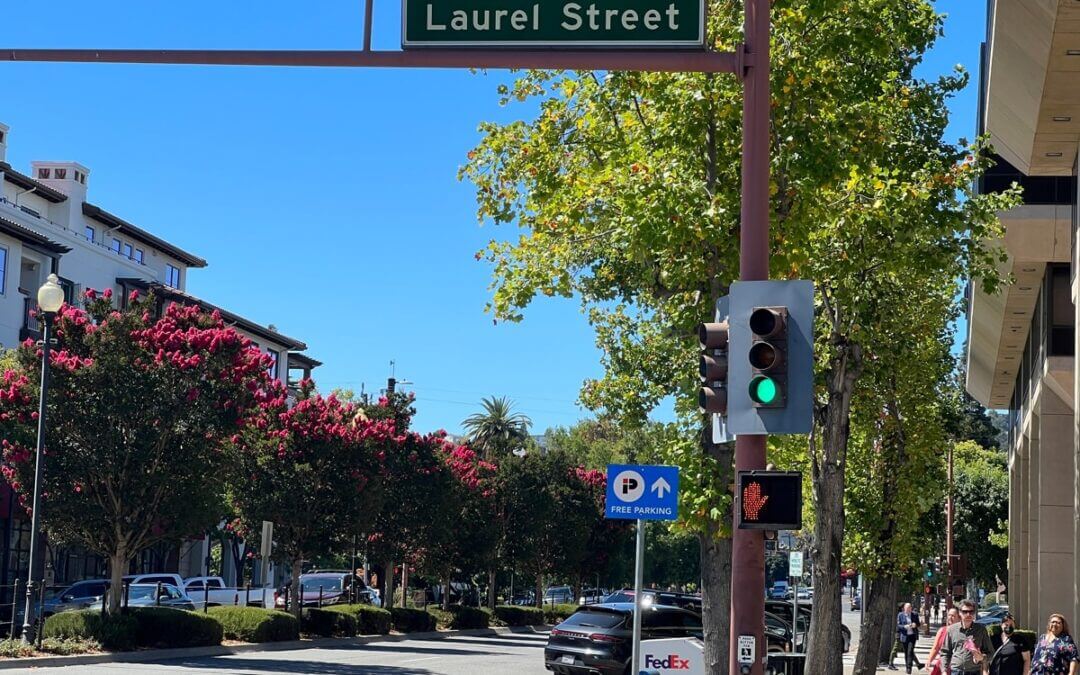From guest contributor, Will Strohl
Skyscrapers in Small Cities – will they work?
San Carlos, California, known as “The City of Good Living,” might not be the first place one would think of when discussing towering skyscrapers. However, recent trends in urban development have brought the question to the fore: What are the health downsides of having very tall buildings in the downtown streets of small cities like San Carlos? Let’s explore the potential consequences.
1. Limited Sunlight Exposure
Tall buildings in densely packed areas can create a “canyon effect,” where sunlight is obstructed, leading to dark and shaded streets. Lack of sunlight exposure can affect human health, leading to Vitamin D deficiency and seasonal affective disorder (SAD). In a community-oriented place like San Carlos, this could have a negative impact on the residents’ wellbeing.
2. Increased Air Pollution
Skyscrapers often contribute to wind turbulence, slowing down the dispersion of pollutants and trapping them at street level. This can lead to increased concentrations of harmful pollutants like nitrogen dioxide and particulate matter, exacerbating respiratory issues and other health problems for local residents.
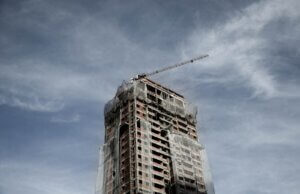
3. Noise Pollution and Stress
Tall buildings may lead to increased traffic and congestion, contributing to noise pollution. Prolonged exposure to noise can result in stress, sleep disturbances, and even cardiovascular problems. In a small city that values tranquility and community well-being, this can become a significant concern.
4. Physical Activity and Lifestyle Impact
The integration of high-rise buildings might lead to a reliance on elevators and reduced opportunities for walking. This change may discourage physical activity, leading to a more sedentary lifestyle with associated health risks like obesity and heart disease.
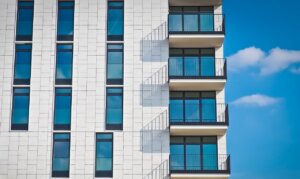
5. Psychological Effects
Even in the home, the benefits having a dedicated workspace apart from where you rest are obvious. Surrounded by neighboring cities with busy districts, towering buildings like in San Francisco, the quaint, natural, and relaxing feel of San Carlos is a haven for those who want to escape their busy lives and come home to a cozy community after work.
The overshadowing effect of tall buildings can also create an intimidating and overwhelming environment, contributing to feelings of isolation and anxiety. In a smaller community like San Carlos, where neighborly connections and open spaces might be prized, this can disrupt the existing social fabric.
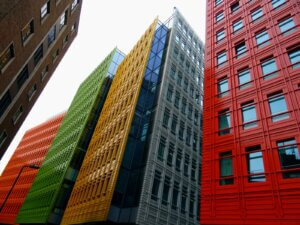
Conclusion
While tall buildings can be seen as symbols of modernity and growth, their introduction into small cityscapes like San Carlos should be approached with caution. From sunlight deprivation to increased pollution, noise, and lifestyle changes, the potential health downsides are significant.
Urban planning must consider not only the economic and aesthetic aspects but also the human health and quality of life. In the case of San Carlos, maintaining a balance between development and the preservation of the city’s unique character and the well-being of its residents is essential.
Collaboration between city planners, architects, and the community can help to create solutions that consider the full scope of potential impacts. By doing so, San Carlos and similar cities can continue to thrive and grow without compromising the health and happiness of their residents.
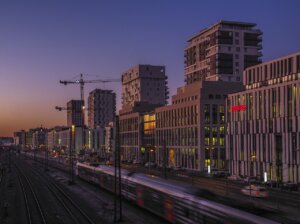
Get Involved
In partnership with the San Carlos community, the City has created a plan for Downtown San Carlos that meets the needs of the community and businesses, now and into the future. The decisions we make collaboratively as residents in San Carlos will shape Downtown San Carlos for years to come. This planning process began in March of 2022. You may participate in this plan through their Official Website at https://www.sancarlosdowntownplan.com/
Read More
To get updated on the latest in San Carlos, visit the blog page of San Carlos Life here. You may also subscribe below.
